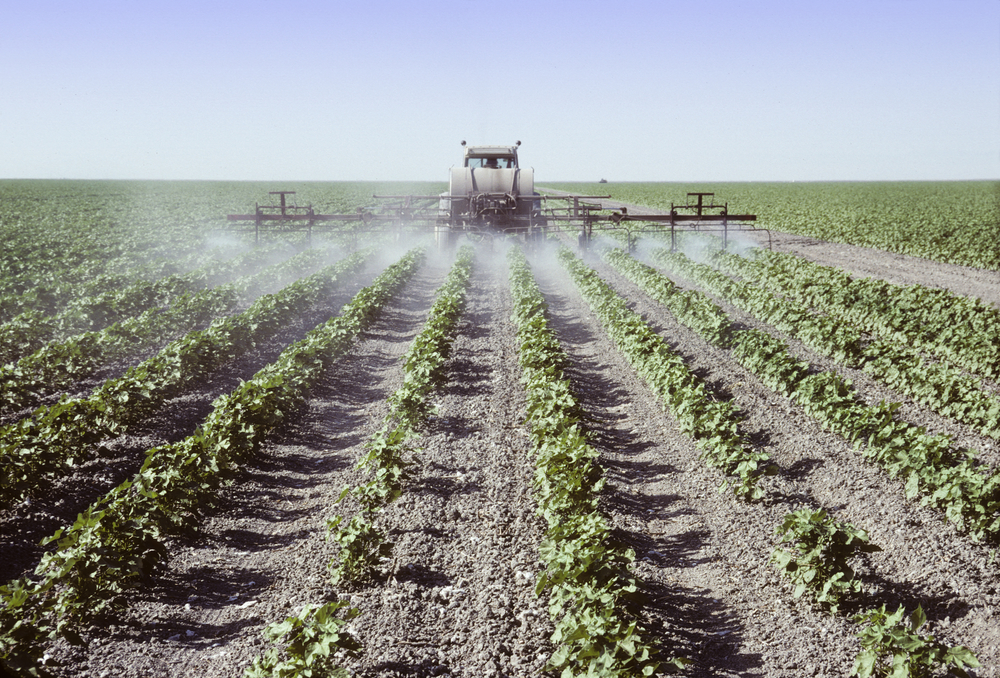
Changes have been made to the proposed rules for using pesticides near schools. Although the pesticide rule revisions ease implications on producers, industry leaders say they are still unneeded.
The Department of Pesticide Regulations (DPR) issued revisions to the proposed rules for pesticide use near schools. DPR said in a press release that the key revisions are the definition of the term “school sites.” This term excludes school buses but can allow the inclusion of nearby parks if the school or daycare often uses the facilities.
The other key revision is the elimination of the need for a grower to notify nearby schools and daycares 48-hours prior to application. Western Agricultural Processors Association and California Cotton Ginners Association President and CEO Roger Isom said the organizations believe that although these rules are unneeded, that revision is a key change. “It’s probably one of the most problematic provisions in there. You would have had to give 48-hour advanced notice if you are within a quarter of a mile,” he said. “The problem with that is if the conditions change. When you apply certain pesticides you have to be in a specific wind speed, direction and conditions. If something changes and you can’t apply it then, you would have had to re-notice another 48-hour notice.”
As growers know, if you have a pest infestation or some other problem that needs attention immediately, that delay could greatly increase possible damage and the cost to control it.
However, Isom said the yearly notification is still in the proposed rules. This will require producers to notify nearby schools or daycares about any and all pesticides they could use on a particular crop. “If it’s any pesticide I may use, I may list 40 pesticides of which 95 percent of them I won’t use,” Isom said. “If I am growing cotton, if I don’t have a lygus problem I am not going to spray for it. If I don’t have a white fly problem I am not going to spray for that either. But because of this mandate, I am going to have to list all of that.”
The problem this creates is how that list is perceived. Schools and parents will see long lists of chemicals that may be used on a surrounding crop and be concerned. Some parents or schools may look the chemicals up online and possibly be misinformed. However, Isom said the problem is that all of this has been addressed through a rigorous registration process.
“Every chemical that gets registered already goes through an exposure assessment/risk assessment and is either not registered if it’s going to cause a problem, or has conditions placed on it to prevent that from happening,” Isom said. “(The mandate) is going to scare people unnecessarily because there is no risk. All of the incidences we have had are people who operated outside of a label requirement or it was an accident. It had nothing to do with a normal application.”
AgNet West talked to Kern County Agricultural Commissioner Ruben Arroyo at the California Association of Pest Control Advisors annual meeting last year. Arroyo said conversations are already happening between growers and nearby schools and this regulation is fixing a problem that doesn’t exist.
View all of the Department of Pesticide Regulations revisions.










